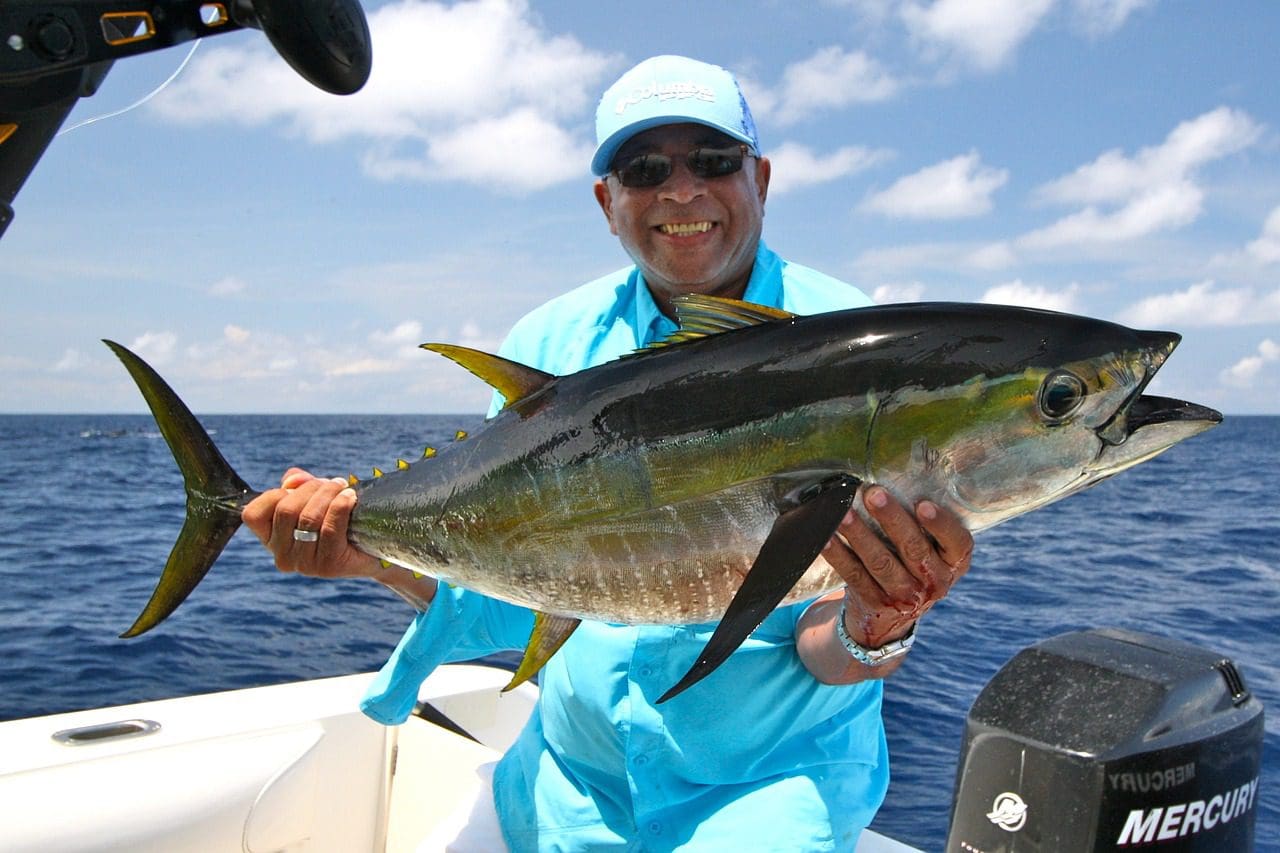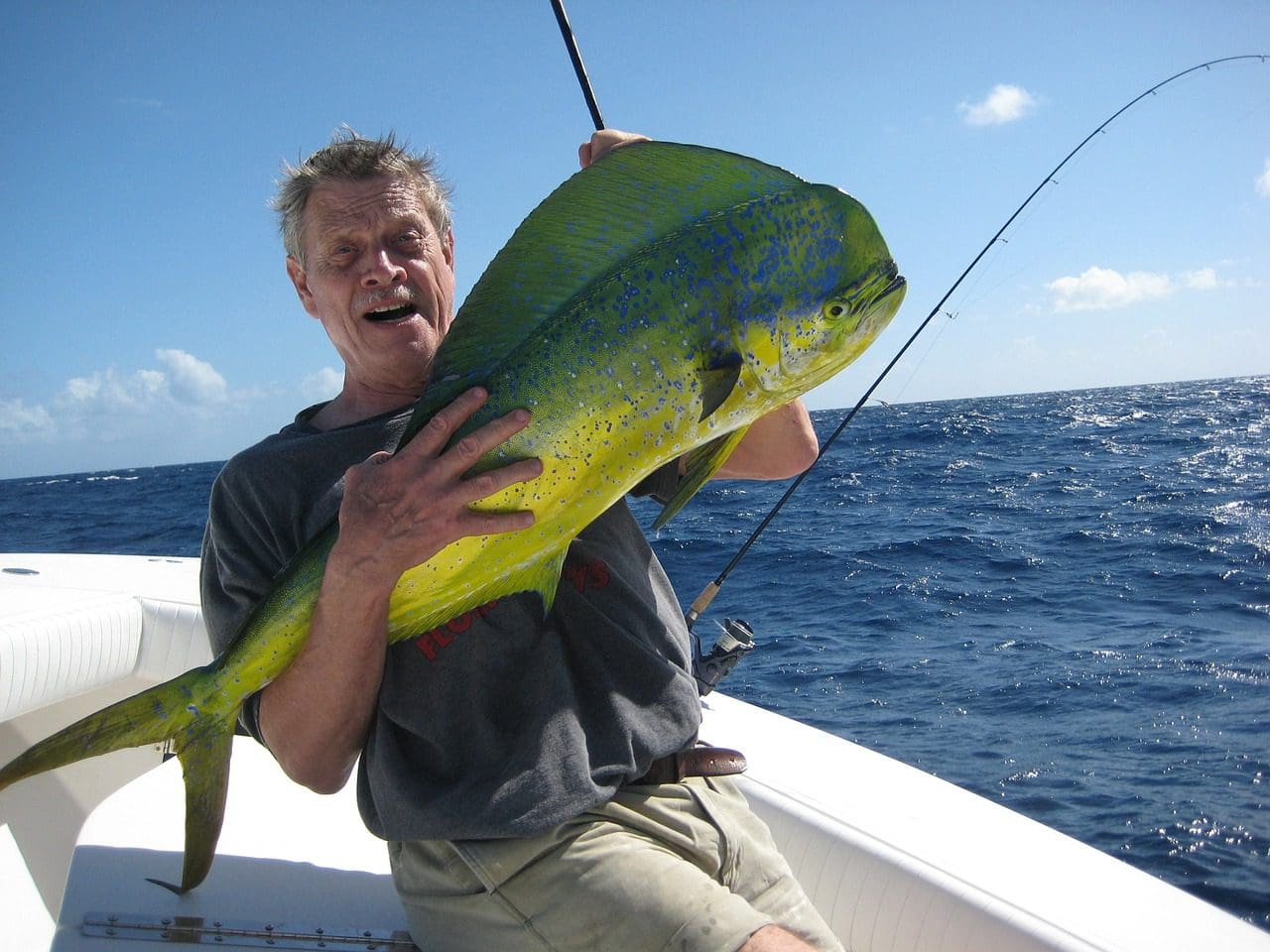Fishes are rich in several nutrients. They are a great source for maintaining a healthy diet. Whether one wants to lose or gain a healthy weight, eating fish can suffice.
However, the nutritional values in fish vary from species to species. Two of the extremely nutritious and well-marketed fishes are Ahi and Mahi.
Key Takeaways
- AHI stands for Apnea-Hypopnea Index, which measures the severity of sleep apnea by counting the number of apneas and hypopneas per hour of sleep.
- MAHI stands for Mean Apnea-Hypopnea Index, the average AHI over a certain period.
- AHI and MAHI are important in diagnosing and treating sleep apnea, a sleep disorder that can have serious health consequences if left untreated.
Ahi vs Mahi
Ahi is a type of tuna, is a deep-sea fish found in tropical and subtropical waters, and has a deep red color and a rich, meaty flavour. Mahi is a type of dolphinfish or dorado, it is a surface-dwelling fish found in warmer waters worldwide and has a mild, sweet taste and white flesh with a firm texture.

Ahi is a type of tuna fish that comes in two variants- Yellowfin and Bigeye tuna. However, Yellowfin Ahi is slightly heavier as compared to Bigeye Ahi.
The size of an Ahi grows from small to very big. The smaller ones are lighter in colour when compared to the larger ones. Although Ahi can go up to 90 kg in weight, it is not as fleshy as the Mahi.
Mahi, on the other hand, is known as dolphin fish as well as ray-finned fish. It grows very fast and reaches full size within a year only. Mahi fishes are found in rainbow colours.
They have a flat and square-structured head, which gives them a unique appearance. Their average weight is similar to that of Ahi, but these can go up to 20 kg.
Comparison Table
| Parameters of Comparison | Ahi | Mahi |
|---|---|---|
| Type | Ahi is a type of tuna fish. | Mahi is known as ray-finned or dolphin fish. |
| Variant | It comes in two variants- Yellowfin and Bigeye tuna. | It comes in a single variant only. |
| Average Weight | Its average weight is around 10 kg. | It also has an average weight of 10 kg. |
| Maximum Weight | It can be more than 90 kg in weight sometimes. | It can go around 20 kg maximum. |
| Colour Range | It is found in pink to deep red colour. | It is found in rainbow-mix colours. |
| Appearance | It looks similar to any normal fish. | It has a flat and square head. |
| Habitat | It is found in Hawaii, Mexico pacific coast and Southern California. | It is found in tropical, subtropical and temperate waters. |
| Meat Content | It has lesser meat content. | It has more amount of meat and is fleshier. |
| Taste | It is tastier in comparison. | It is less tasty. |
What is Ahi?
Ahi is one of the most highly marketed fishes in the world. It is a species of Tuna fish that is found in Southern California, Hawaii and Mexico’s Pacific coast. It comes in two variants- Yellowfin tuna and Bigeye tuna.
Yellowfin Ahi is comparatively larger and is famous for sport fishing. It is otherwise called cow tuna.
Ahi is known to have an average body weight of around 10 kg. However, some of them can be as heavy as more than 90 kg. But still, Ahi is less fleshy and has lesser meat content than Mahi.
These fishes feed on other fishes, crustaceans and squids. Like all other Tuna fish, their body structure is specifically adapted for great speed. This allows them to capture other fast-moving fishes easily.
The body shape of Ahi is just like any other usual fish except that its second dorsal fin and anal fin can be very lengthy. The colour range of these fishes varies from pink to deep red.
Ahi, with a larger body size, is deeper in colour as compared to the one with a smaller size. The fish is extremely luscious and surpasses Mahi in taste factor.
Ahi, with its commendable speed, tends to escape predators. It is warm-blooded, just like any other tuna, and has a brilliant swimming capacity.

What is Mahi?
Just like Ahi, Mahi is also a famous and well-marketed fish worldwide. It is known as dolphin fish, even though it has no relation with dolphins. Another name given to Mahi is ray-finned fish.
The fish is found in temperate, tropical as well as subtropical waters. The name Mahi means ‘strong’ in Hawaiian.
The average weight of a Mahi is about 10 kg. However, some of them can go around 20 kg in weight. Coming to body size, they have a fast growth rate and can reach full size within a year only.
They are carnivorous in nature and feed on crustaceans, small fishes and squids. These fishes have a unique physical feature which distinguishes them from other fishes.
Along with its unique feature, Mahi also appears attractive when it comes to body colour. These fishes have a rainbow mix of colours. Gold, blue and green are the most prominent colours.
Mahi is way fleshier than Ahi and has a very good amount of meat content. Although it lags a little bit in taste when compared to Ahi.
Mahi is an extremely popular name in the world of fish. The fish is known to have a fighting spirit, so it is considered a very strong species of fish.

Main Differences Between Ahi and Mahi
- Ahi is a tuna, while Mahi is called dolphin fish or ray-finned fish.
- Ahi has two variants, but Mahi does not.
- Some Ahi can be more than 90 kg in weight, while Mahi can be a maximum of 20 kg in weight.
- Mahi is mostly found in tropical waters, while Ahi is found in Hawaii.
- Mahi has a flat and square head, but Ahi is just like any other fish.
- Ahi is tastier, while Mahi is fleshier when compared to each other.

- https://pubs.acs.org/doi/abs/10.1021/jf0011135
- https://link.springer.com/article/10.1186/1476-069X-10-90

Wow, I didn’t know that the AHI and MAHI are actually indicators for diagnosing and treating sleep apnea. Great to know.
The article’s description of how Ahi and Mahi fish differ in appearance, growth, and taste is informative and well-presented.
The fact that Mahi is found in temperate, tropical, and subtropical waters makes it an interesting species in terms of habitat.
The comparison table is very useful. The differences in appearance, habitat, and taste of the two fishes are very clearly explained.
Very informative article. The detailed descriptions of Ahi and Mahi provide excellent insights into distinguishing the two fish.
The fish comparison table provides a clear overview of the differences in key characteristics between Ahi and Mahi.
The article presents a thorough explanation of both Ahi and Mahi fish, from their habitat to taste, making it a valuable resource for fish enthusiasts.
I like that the article covers the nutritional benefits and key differences between Ahi and Mahi fish.
It’s fascinating to learn about the speed and body structure of Ahi fish that makes them capable of capturing fast-moving prey.
I appreciate the detailed information about the appearance, habitat, and meat content of both Ahi and Mahi.